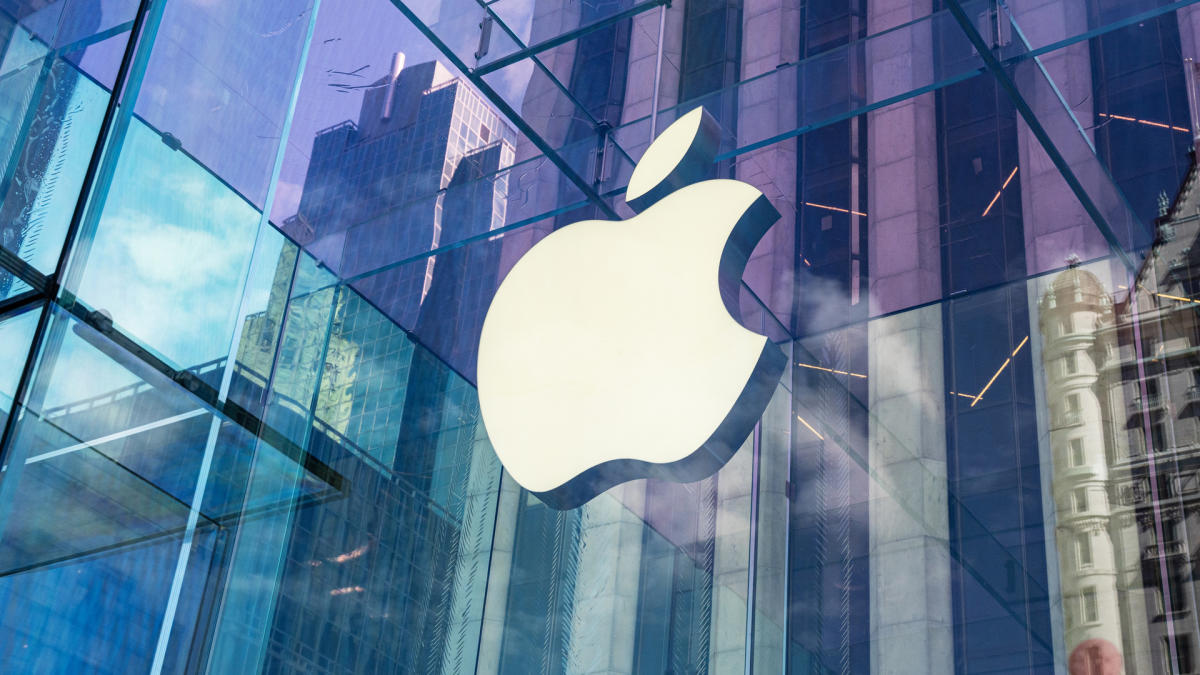Why is Apple, one of the biggest and most valuable names in technology, now turning its bestselling headphones into lower-cost hearing aids? The answer is that Apple has been steadily expanding its reach into health tech, offering innovative products that enhance the quality of life for users. Though retirees may not be the company’s biggest demographic when comes to new and innovative products, that doesn’t mean seniors don’t want to listen to what’s coming out for hearing devices.
Apple has heard what its customers are asking for, and one of its latest ventures is into the hearing aid market to provide affordable, high-quality hearing solutions. This move is particularly significant for retirees, many of whom are living on fixed incomes and need hearing aids but find them too expensive.
Read Next: Cutting Expenses for Retirement? Here’s the No. 1 Thing To Get Rid Of First
For You: 9 Easy Ways To Build Wealth That Will Last Through Retirement
As the baby boomer generation reaches retirement age, this is a great time for Apple to boost its sales in other areas outside of phones and computers. Here’s a look at how Apple is potentially making hearing aids more accessible and how retirees can take full advantage of Apple’s technology.
Earning passive income doesn’t need to be difficult. You can start this week.
Quick Take: Apple Hearing Aids
Apple is getting ready for a full fall push of the “Hearing Health” launch. This will include access to features such as its Hearing Test, Hearing Protection and Hearing Aid options through the use of its AirPods Pro 2 along with an iPhone or iPad. Here are some key takeaways.
-
Apple is claiming this will be an all-in-one hearing health experience, which makes it convenient for its older or hard-of-hearing clientele.
-
Any feature included will be available through a software update.
-
With the software update scheduled for the fall, it would instantly turn your AirPods Pro 2 into a medical device and a more accessible and affordable form of hearing aid.
-
As a medical device, this could be the best low-cost option for lower-income people, such as retirees who need hearing aids but may not be able to afford them, according to some audiologists.
-
Apple’s AirPods Pro 2s cost anywhere from $130 to $200, depending on where you get them and whether they are refurbished, whereas hearing aids can run you upward of $1,000 to $3,500 per device.
Check Out: I’m Planning My Retirement: 5 Expenses I Wish I Had Cut Sooner
The Need for Affordable Hearing Aids Is Growing
Apple’s new Hearing Aid feature is designed for mild to moderate hearing loss, which affects many people. This could be ideal for someone who may be on the fence as to whether or not they should invest. The price point of hearing aids is usually the biggest deterrent for buyers, and Apple is working out a win-win situation. Yes, you have to own the AirPods, but these are multifunctional and a decent percentage of people already own them.
The time and money that go into finding the right pair of hearing aids is often an obstacle, and this Apple solution seemingly solves that. Essentially, instead of paying, say, $2,000 per hearing aid, you can pay $200 for headphones that can do similar things.
Apple’s Core Values Now Include Hearing Health
Apple’s Hearing Aid feature comes as part of the company’s broader commitment to making health technology more affordable and widely available. Utilizing the technology embedded in its popular AirPods Pro 2 and iPhone, Apple is providing hearing assistance solutions that cater to mild to moderate hearing loss. Here’s how retirees can take advantage.
-
Invest in AirPods Pro 2. These typically retail for a fraction of the cost of traditional hearing aids and will have built-in hearing assistance features that can help improve sound clarity. For retirees who already use Apple products, this can be an easy and cost-effective way to enhance hearing.
-
Check your health insurance discounts. While Apple’s hearing solutions are significantly more affordable, it’s worth checking whether your health insurance provider offers discounts or reimbursements for hearing-related products. Some Medicare Advantage plans, for example, may cover part of the cost of hearing aids or assistive devices.
-
Leverage Apple’s accessibility features. Apple’s devices come with a range of built-in accessibility features. By navigating to the accessibility settings on an iPhone or iPad, retirees can fine-tune sound amplification settings to better suit their hearing needs. Features like Live Listen can turn your iPhone into a microphone that transmits sounds directly to your AirPods, making it easier to hear conversations in crowded settings.
Final Take To GO: Apple’s Affordable Alternative
The bottom line is that Apple’s push into the hearing aid market is a game changer, especially for older adults who need assistance with their hearing but have been priced out of the market. With innovative features, seamless integration into existing products and prices that are far more affordable than traditional hearing aids, Apple is offering a compelling solution for retirees.
Apple’s entrance into this market is a welcome development that could bring better hearing within reach for millions of people. Keep an eye on this evolving space — Apple is just getting started.
More From GOBankingRates
This article originally appeared on GOBankingRates.com: Apple Is Making Low-Cost Hearing Aids — Here’s How Retirees Can Take Advantage

